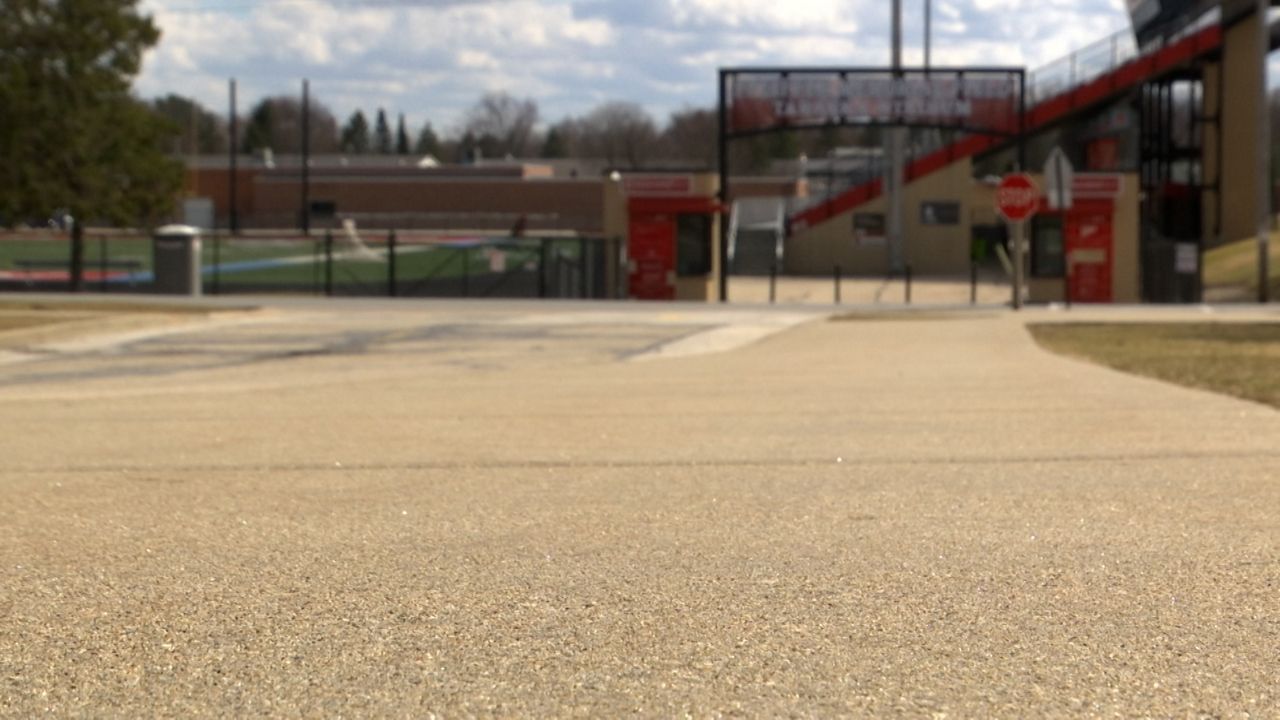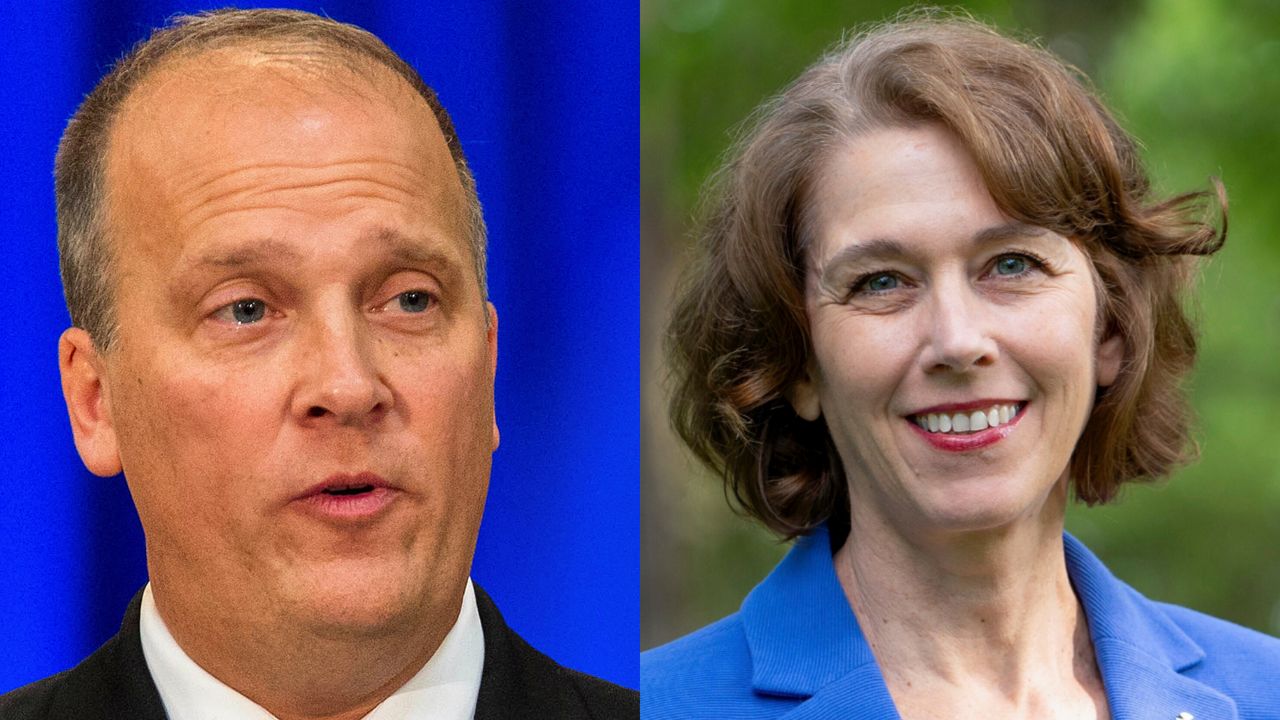MILWAUKEE — The University of Wisconsin-Milwaukee is inviting the public to use its virtual StoryMap to learn more about its green infrastructure.
Green infrastructure helps the campus become more resilient against heavy rainfall events and promotes a healthier environment.
Jim Wasley, a professor of architecture at UW-Milwaukee, recently spent part of his day removing weeds from the Spiral Gardens near the UWM Power Plant building.
“When it was built, it was an open bowl, and it was like a pier over a lake, but the plants have been so happy here over the 15 years it has been in existence that now it feels like a jungle that we have to cut back each year,” said Wasley.
He said another important part of this project is the two cisterns.
Wasley said they are designed to collect stormwater that falls on nearby impermeable surfaces.
“That keeps an inch and a half of rainwater in the cisterns and if it overflows, it keeps it in the garden, so the goal is again to find every surface and find some solution to keep the water in play and let it slip into the storm sewer system,” said Wasley.
UWM has several other green infrastructure projects, including the Golda Meir Library Green Roof.
Justin Hougham of the University of Wisconsin Nelson Environmental Institute helped design the Virtual StoryMap.
He said it allows you to see these projects online or use it for a self guided campus tour.
“The point of that is to take the next step towards learning not just what is around us impacting the environment but what it’s doing that is towards the good,” said Hougham.
Lindsay Frost, the UWM Sustainability Operations Manager, said the goal is to provide opportunities to learn about each project and also its practical uses.
“It helps to divert 16.5 million gallons of stormwater each year that land on the UWM campus,” said Frost.
Wasley hopes the virtual StoryMap of UWM’s green infrastructure will inspire the public.
“It brings the issues of rainwater in the city to life,” said Wasley. “It brings life back into the city and it helps people to understand that they can do small things at their house, their place of business.”
You can see the virtual StoryMap by clicking here.












